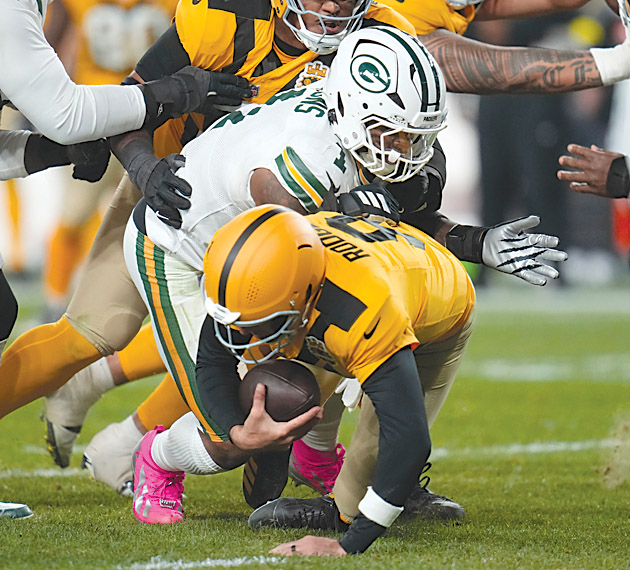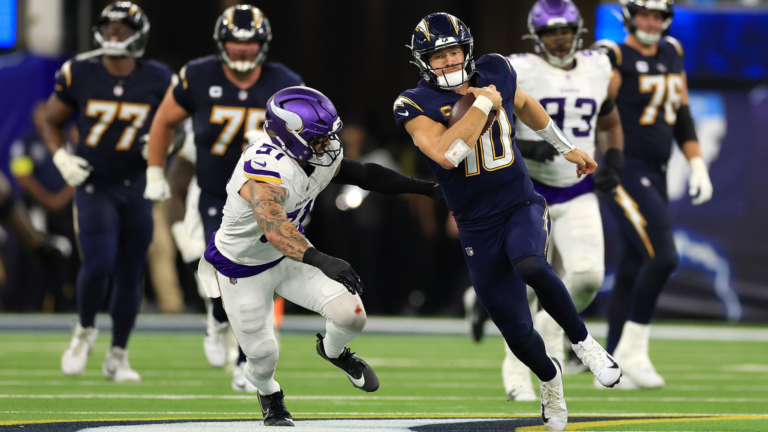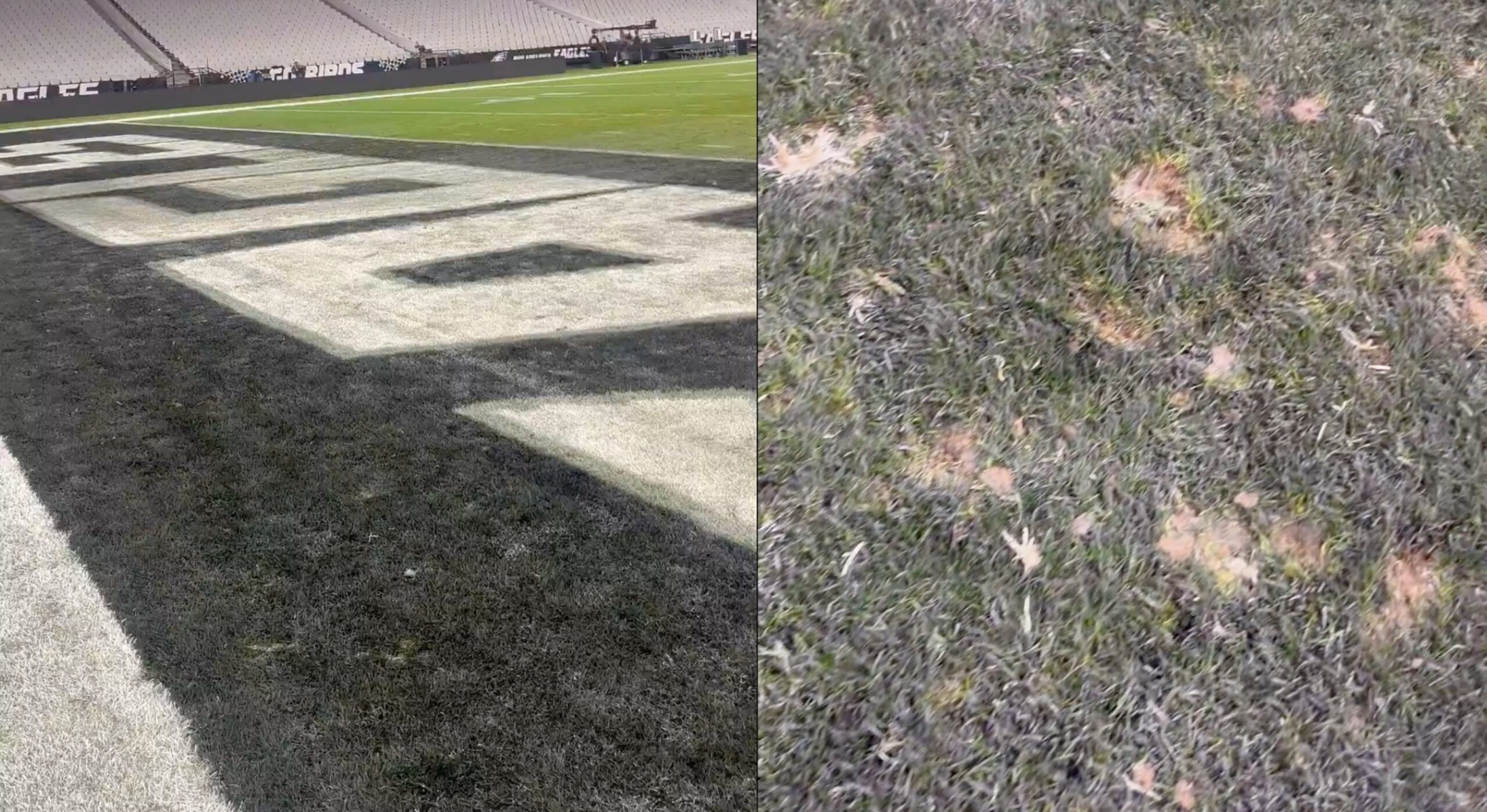
A recent game between the Pittsburgh Steelers and the Cleveland Browns shifted focus from the scoreboard to the very ground the players competed on. Following the matchup, athletes from both teams voiced serious concerns about the state of the turf at Acrisure Stadium. Therefore, this incident has reignited a critical conversation within the NFL about player safety and the fundamental standards for playing surfaces.
The quality of a field directly impacts player performance and, more importantly, their health. Analysts who create tools like best ball rankings must consider numerous variables, and the playing surface is a significant one. In fact, a player’s potential output can be influenced by whether they are on pristine grass or a worn-out field, due to the increased risk of slips and non-contact injuries. It seems that a poor field can alter game outcomes and careers.
A Field of Frustration
The players did not mince words when describing the conditions. Steelers captain and NFLPA representative Cam Heyward bluntly called the field “shit.” Others described it as excessively “dry,” with large chunks of grass coming loose during play. The situation was so dire that it brought to mind a similar complaint from quarterback Aaron Rodgers, who once labeled a field “borderline unplayable.” It seems that this level of frustration points to a problem that goes beyond a simple bad game day.
Moreover, the visible deterioration of the turf was a source of immediate alarm. Players expect a professional and safe environment. When the ground beneath them is unstable, it undermines their confidence to perform at their peak. Consequently, every cut, sprint, and change of direction carries an additional layer of risk.
The High Cost of Poor Ground
The concerns were not just theoretical. Rather, they were validated by multiple on-field incidents.
- Injury Risk: Steelers safety Miles Killebrew suffered a non-contact knee injury, an event many players linked directly to the poor footing.
- Performance Impact: Kicker Chris Boswell slipped while attempting a crucial field goal in the fourth quarter, a moment that could have easily changed the game’s result.
- Player Outrage: These specific events fueled the players’ “outrage,” as they saw a direct connection between the field’s condition and their well-being.
These moments highlighted the tangible consequences of a subpar playing surface. A non-contact injury, especially, is a major red flag for field integrity, as it suggests the ground itself contributed to the incident.
An Official Outcry
Immediately following the game, players took their complaints to the NFL Players Association (NFLPA). This was not just a few players venting in the locker room; it was a unified complaint from athletes on both sidelines. The NFLPA acted swiftly, communicating the players’ serious safety concerns and collective frustration to the NFL league office. This formal action elevates the issue from a team-specific problem to a league-wide concern that demands attention.
The stadium management had already scheduled a full resodding of the field. To be sure, while the timing might be coincidental, the loud outcry from players undoubtedly added a sense of urgency. The incident at Acrisure Stadium, therefore, serves as a powerful case study in the ongoing debate over natural grass versus artificial turf and the maintenance standards required for each. Especially in stadiums with heavy use, the margin for error is slim. The health of NFL players depends on getting it right.
Author Profile

Latest entries
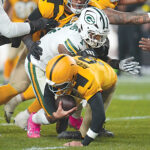 NFLOctober 27, 2025Love and Packers Best Rodgers and the Steelers, 35-25
NFLOctober 27, 2025Love and Packers Best Rodgers and the Steelers, 35-25 NCAAFOctober 24, 2025College Football’s Crucible: Week 9 Matchups Set the Stage for Playoff Reality
NCAAFOctober 24, 2025College Football’s Crucible: Week 9 Matchups Set the Stage for Playoff Reality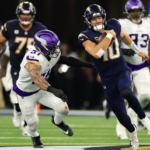 NFLOctober 24, 2025Los Angeles Chargers Get Statement Win in Prime Time Over the Vikings, 37-10
NFLOctober 24, 2025Los Angeles Chargers Get Statement Win in Prime Time Over the Vikings, 37-10 TechOctober 24, 2025Revolutionizing First Impressions: The Future of Customer Experience Through Digital Onboarding
TechOctober 24, 2025Revolutionizing First Impressions: The Future of Customer Experience Through Digital Onboarding

 Steelersforever.org
Steelersforever.org